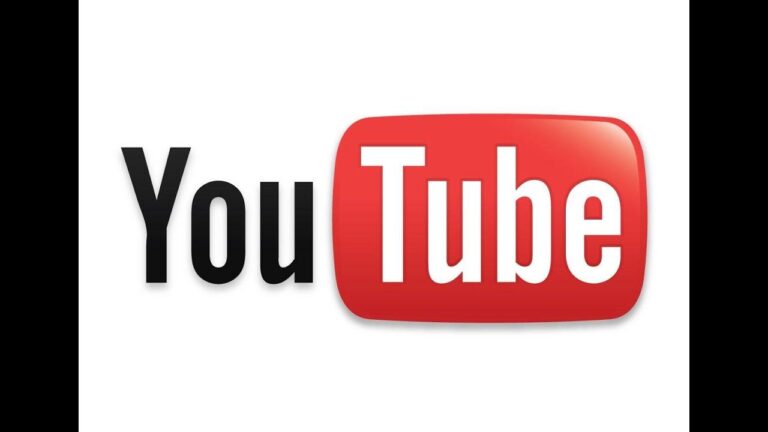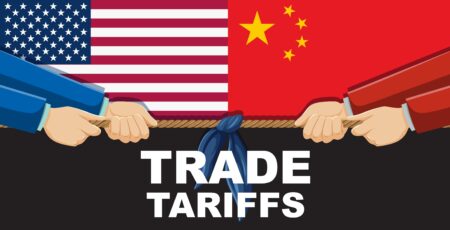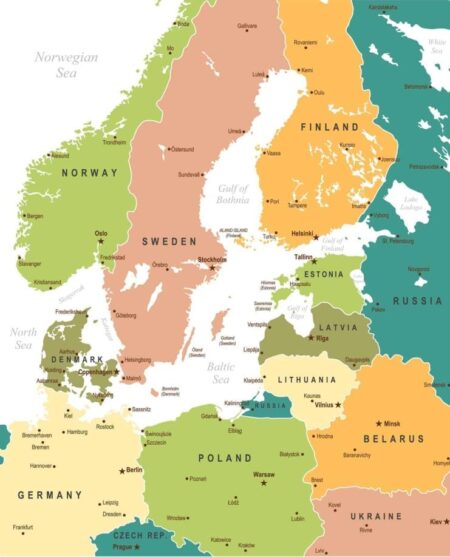YouTube has recently taken decisive action to remove thousands of channels spreading propaganda linked to foreign state actors, including China and Russia. In a coordinated effort to curb misinformation and influence operations, the video-sharing platform targeted networks that disseminated coordinated disinformation campaigns, according to a report by CNBC. This move underscores growing concerns over the use of social media platforms to manipulate public opinion and interfere in global discourse.
YouTube Removes Thousands of Propaganda Channels Tied to China Russia and Other Nations
In a significant move to curb disinformation and foreign influence, YouTube has taken down thousands of channels primarily associated with state-backed propaganda efforts from countries including China and Russia. These channels were found to be disseminating misleading content designed to sway public opinion and amplify geopolitical narratives favorable to their respective governments. The platform’s crackdown follows intensified scrutiny from global regulators and pressure to ensure greater transparency and trustworthiness in digital media.
Key findings from YouTube’s enforcement action include:
- Removal of over 8,000 channels worldwide involved in coordinated misinformation campaigns.
- Content predominantly focused on political manipulation, fake news, and divisive social issues.
- Enhanced AI-powered monitoring systems deployed to identify deceptive networks quicker.
| Country | Channels Removed | Primary Content Type |
|---|---|---|
| China | 3,200+ | Political propaganda & disinformation |
| Russia | 2,500+ | Geopolitical narratives & fake news |
| Others | 2,500+ | State-backed misinformation campaigns |
Examining the Impact of Coordinated Disinformation Campaigns on Global Audiences
The recent mass takedown of thousands of YouTube channels linked to coordinated disinformation efforts exposes a growing global challenge: how propaganda networks craft narratives to manipulate public perception across borders. These channels, often backed by state actors like China and Russia, use sophisticated tactics including staged events, doctored videos, and algorithmic exploitation to maximize reach. The impact reaches beyond mere misinformation, sowing distrust in democratic institutions, amplifying geopolitical tensions, and polarizing societies worldwide.
Key mechanisms of influence include:
- Targeted messaging tailored to specific cultural and political contexts
- Exploitation of social media algorithms to amplify divisive content
- Coordination across multiple accounts and platforms for sustained influence
- Obfuscation of source identity through VPNs and fake profiles
| Country | Estimated Channels Removed | Primary Tactics |
|---|---|---|
| China | 1,300+ | Content fabrication, cultural hijacking |
| Russia | 900+ | Political discrediting, election interference |
| Others | 700+ | Mixed propaganda, economic destabilization |
Strategies for Combating State-Sponsored Misinformation Across Social Media Platforms
In the ongoing battle against state-sponsored misinformation, social media giants are amplifying their efforts to identify and eradicate inauthentic networks operating across their platforms. YouTube’s recent purge of thousands of propaganda channels linked to China, Russia, and other state actors underscores the critical need for sophisticated detection algorithms combined with human intelligence. These channels often employ coordinated tactics such as amplifying divisive content, fabricating news stories, and leveraging automated bot accounts to manipulate public opinion and destabilize democratic processes worldwide.
Effective countermeasures demand a multi-faceted approach spanning technology, policy, and public awareness. Social media platforms are increasingly investing in:
- Advanced machine learning tools that flag suspicious behaviors and content patterns.
- Cross-platform collaboration to track misinformation campaigns beyond a single network.
- Transparent reporting mechanisms that enable whistleblowers and users to report malicious content.
- Public education initiatives aimed at improving digital literacy and critical thinking.
| Strategy | Focus Area | Impact |
|---|---|---|
| Algorithmic Detection | Automated flagging | Early identification |
| Human Review Teams | Content verification | Improved accuracy |
| Inter-platform Collaboration | Data sharing | Broader coverage |
| User Education | Media literacy | Long-term resilience |
Insights and Conclusions
As YouTube continues to confront the complex challenge of misinformation, its decisive removal of thousands of propaganda channels linked to China, Russia, and other actors marks a significant step in safeguarding the platform’s integrity. While the battle against coordinated influence campaigns is far from over, these actions underscore the ongoing commitment of digital platforms to foster transparency and protect users from deceptive content. Stakeholders across the media landscape will be watching closely to see how such measures evolve in response to the ever-changing tactics of state-sponsored information operations.




